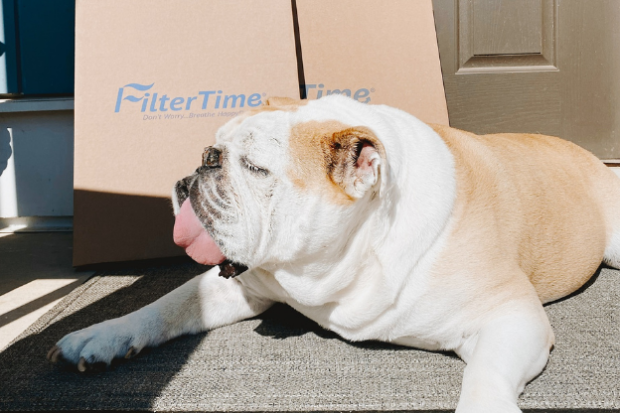- Why Indoor Air Gets Worse in the Winter (and What You Can Do About It)
- 5 Winter HVAC Mistakes You Might Be Making (and How to Fix Them)
- Is Your HVAC Ready for Winter? 5 Things to Check Before the First Cold Snap
- Breathe Happy This Thanksgiving: Why Air Quality Matters When You’re Hosting
- Fall Into Cleaner Air: 5 Reasons to Change Your Air Filter Before the Holidays

What is the Meaning of MPR, FPR, and MERV?
When you shop around for air filters, you’ll find that there are countless options on the market that all come with their own ratings. While these ratings may seem confusing and overwhelming at first, they’re actually designed to help you find the right filters for your unique needs. The three major air filter ratings systems include:
- Minimum Efficiency Reporting Value (MERV): Designed by the American Society of Heating, Refrigerating and Air-Conditioning Engineers (ASHRAE) and known as the primary rating system for air filtration, MERV measures how effectively filters stop contaminants from passing through them and into the air.
- Micro-Particle Performance Rating (MPR): Developed by a manufacturer called 3M, MPR rates the ability of filters to capture airborne particles that are smaller than 1 micron.
- Filter Performance Rating (FPR): Founded by the Home Depot, the FPR is very similar to MERV but only applies to air filter brands sold in Home Depot stores.
MERV Ratings
On a scale of 1 to 16, MERV informs you of how effectively a filter traps the tiny particles you don't want circulating through your home. The higher the MERV, the smaller the particles filtered out of the air. Here’s a brief overview of the various MERV levels and the types of particles they’re able to capture.
- MERV 1-4: Dust, dust mites, pollen, textile fibers, and insects.
- MERV 5-8: Finer dust, mold spores, pet dander, hair spray, and fabric protectors.
- MERV 9-12: Car emissions, lead dust, legionella, and other bacteria.
- MERV 13-16: Larger bacteria, oil droplets, and dust from smoke.
We recommend a MERV rating of 11 for your home as it’s both affordable and highly efficient. It will allow you to increase the longevity of your furnace while simultaneously improving the quality of your air.
FPR Air Filter Ratings
FPR was created to provide a unified ranking system for air filters sold exclusively at Home Depot, such as Honeywell filters. It’s comparable to MERV and consists of a scale from 4 to 10 as well as a color code that rates a filter’s quality and ability to trap certain particles. The FPR levels and the particles they can catch include:
- FPR 4-5 (Good): Dust, link, dust mites, larger pollen particles, and pet dander.
- FPR 6-7 (Better): All of the above as well as bacteria and mold spores.
- FPR 8-9 (Best): All of the above plus smoke, smog, and allergens.
- FPR 10 (Premium): All of the above and odor causing particles.
MPR Filter Ratings
MPR is for air filters manufactured by the 3M company. Its ratings typically range from 300 to 2800. They’re based on the size of the pollutants that can be filtered. The breakdown of the levels and particles they’re able to capture is as follows:
- MPR 300: Dust, pollen, and lint.
- MPR 600: All of the above plus dust mites, and mold spores.
- MPR 1000-1200: All of the above as well as smoke, smog, cough, and sneezes.
- MPR 1500-2800: All of the above in addition to bacteria and some viruses.
Change Your Air Filters Without the Hassle
Highly rated air filters are invaluable. You can count on them to capture the pollutants and particles, pushing clean, fresh air back into your living space. But they must be changed on a regular basis. With FilterTime’s air filter subscription service, you can keep the air in your home in optimal shape, year round.
Once you subscribe, the right air filters will get shipped to your doorstep automatically so you’ll know exactly when to change them. Since there are no shipping charges, contracts, or hidden fees, you have nothing to lose. Get started today!
« Back to News





